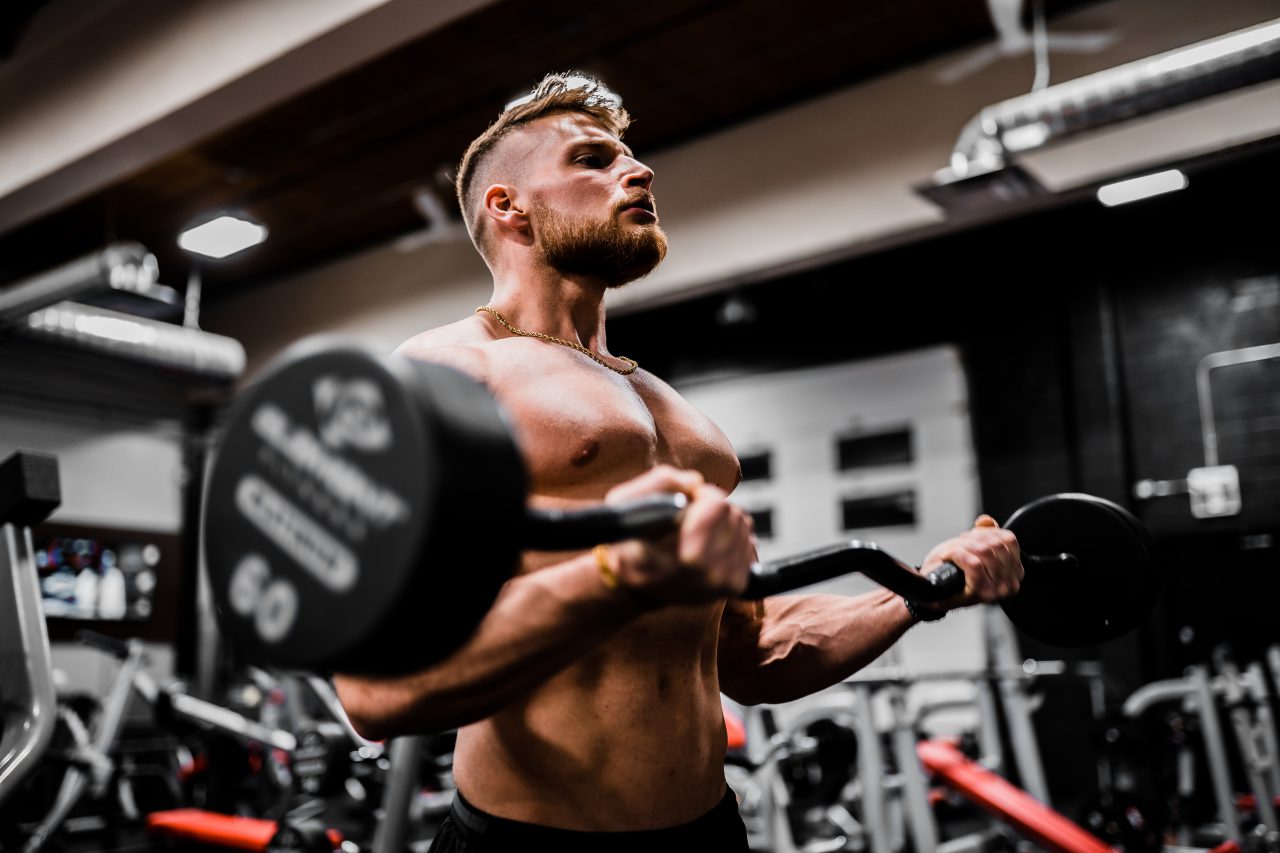
The Six-Pack Guide and weight loss
Even though there is an infinite number of “Get a six-pack in 2 weeks” articles and videos, I have written this Six-Pack Guide from a different perspective. But I do not guarantee you a six-pack whatsoever. I’m just providing you with the information you will mainly need on how to achieve it.
Introduction:
Nutrition and weight loss:
Picture 1

Whether one’s goal is to lose or gain weight, calories and energy expenditure are of most importance. If our energy expenditure (calories burned) each day is less than the energy intake (calories consumed) this would result in a percentage of these calories stored as fat within the body because they have not been burned, therefore, weight is to be gained if this continues over the long-term. The opposite is the principle for losing weight. Energy intake needs to be less than our energy expenditure, hence resulting in the body’s need to use more fat for fuel, eventually resulting in fat loss. Regardless of what the goal is, if the calories consumed and burned on a daily basis do not fit it accordingly, it is unlikely to be achieved.
P.S. There are plenty of variables that can affect overall weight loss/gain. I advise the readers not to take into consideration what could and/or have worked for other people (caloric intake for instance). It is up to every person to find out the caloric intake needed to achieve their goal. Furthermore, caloric intake requirements will fluctuate as time goes on, therefore, sticking with the same calories for prolonged periods will most likely result in a plateau at some point.
Increase your Metabolism
How can we make use of this phenomenon?
Strengthening the core. Chasing the Six-Pack
Assuming one has already implemented a proper workout+nutrition regime and is consistent with it, eventually, weight loss (if that is to be the goal) will be achieved. The more fat is lost, the more the abdominal muscles will be visible. However, the majority of people are so focused on having a lean belly that the core itself is widely neglected. Even though aesthetics are nice and all, focusing more on strengthening the core rather than just that six-pack will actually be way more beneficial.
Picture 2

Picture 3

Why is the core so important?
All of these muscles shown above function are to stabilize the spine one way or another. Having a weak link somewhere in that area may contribute towards the overuse of certain muscles, whilst others remain inactive. This is of great importance because if these muscles do not support the hips and the shoulders, spine will have to compensate for it. Over time, this will most likely result in asymmetries left-to-right side, therefore, resulting in inadequate biomechanics, as well as the spine unnecessarily absorbing excessive amounts of pressure.
Without having to go into further nerdy details, let’s just highlight the importance of all of those muscles being strong enough to function adequately.
Picture 4

Summary:
- Having a Six-Pack is great and the majority of people desire it. However, they usually use suboptimal techniques in order to achieve it. The effective way to pursue weight loss is calories and consistency. Implementing all of the components shown in the pyramid above one by one is a very good starting point. Along with that, regular resistance training will contribute even further.
- Starving, detox, or whatever else one tries in order to achieve weight loss are likely to be harmful in the long-term, rather than being beneficial.
- There is no magical (or best) diet. As mentioned above, whatever has worked for someone, does not necessarily mean that it will work for everybody. Fitness is all about specificity and individuality, therefore, one needs to find out what is best for their body.
- Spending some time on well-being along with the aesthetics aspect is key to injury-free adherence in exercising. By well-being, I mean the movements that one can implement within their training regime. The aim is to strengthen usually neglected (inactive) muscles. Inactive muscles lead to asymmetries, which, therefore, results in injuries in the long-term.
References:
Heymsfield, S., Thomas, D., Bosy-Westphal, A. and Müller, M., 2018. The anatomy of resting energy expenditure: body composition mechanisms.European Journal of Clinical Nutrition, 73(2), pp.166-171.



